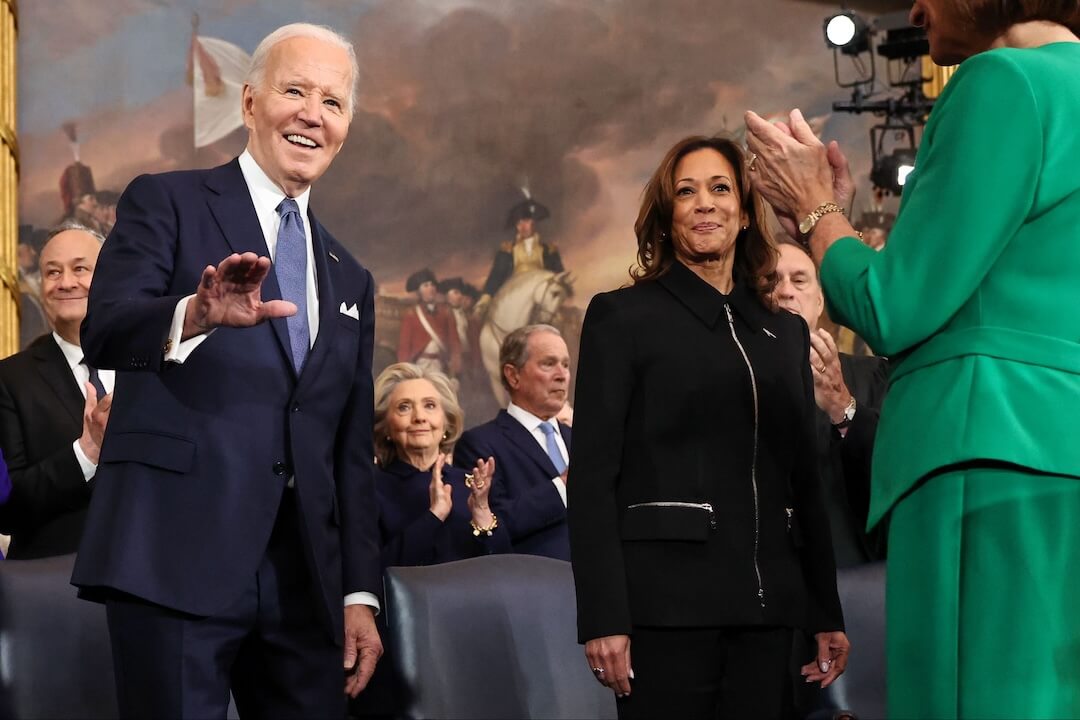Millions of people are listening to music, traffic and news on their car radios. Millions more are going about their daily lives with earbuds sprouting from their ears. Coming soon, you’ll be able to get multimedia content delivered to cars and portable devices based on your geographic coordinates.
In the world of digital content, video is hot right now (think YouTube, Hulu and MySpace). But recent news, and some work by graduate students at the Medill School of Journalism where I teach, have me thinking that audio storytelling is poised for a resurgence thanks to location-aware electronic devices.
Here are a few recent news developments that suggest that location-aware mobile devices are about to take off:
- Apple’s new iPhone 3G, to be released in July, will include mapping based on real GPS (not just cell phone tower triangulation).
- Microsoft has just announced a new operating system for people who develop applications for personal navigation devices
- Automakers are beginning to offer real-time traffic alerts via in-dash GPS systems
- ABI Research predicts dramatic growth in the number of GPS-enabled mobile devices and says that the microprocessors powering portable devices will increasingly include GPS as a standard feature.
As my Tidbits colleague Barb Iverson recently wrote, a team of Medill master’s students recently experimented with “locative storytelling” triggered by GPS coordinates. One of their key takeaways is that on portable devices (not to mention car radios), audio is the optimal storytelling mode. The students’ locative journalism included photos, but these were mostly a distraction, while audio could be powerfully immersive when connecting a user to a specific location. For more on the students’ work, check out their class blog (Lojoconnect.com) and their final report, which includes recommendations for journalists, news organizations, media companies and journalism schools.
The success of National Public Radio and its local affiliate stations suggests that there is an audience for audio journalism. However, few NPR stories focus on local content. And while some audio podcasts are building audiences successfully, I don’t think podcasting will meet its potential until the day when audio can be delivered wirelessly, direct to electronic devices of various kinds.
There’s growing evidence that this day is coming — and fast. It’s also clear that there is a real shortage of available geo-specific audio content. This kind of content is what local media such as newspapers are best positioned to provide, especially if they can collaborate with local people who have interesting stories to tell. Also, marketers are predicting huge opportunities for location-aware advertising, which might mean there’s considerable money to be made.





